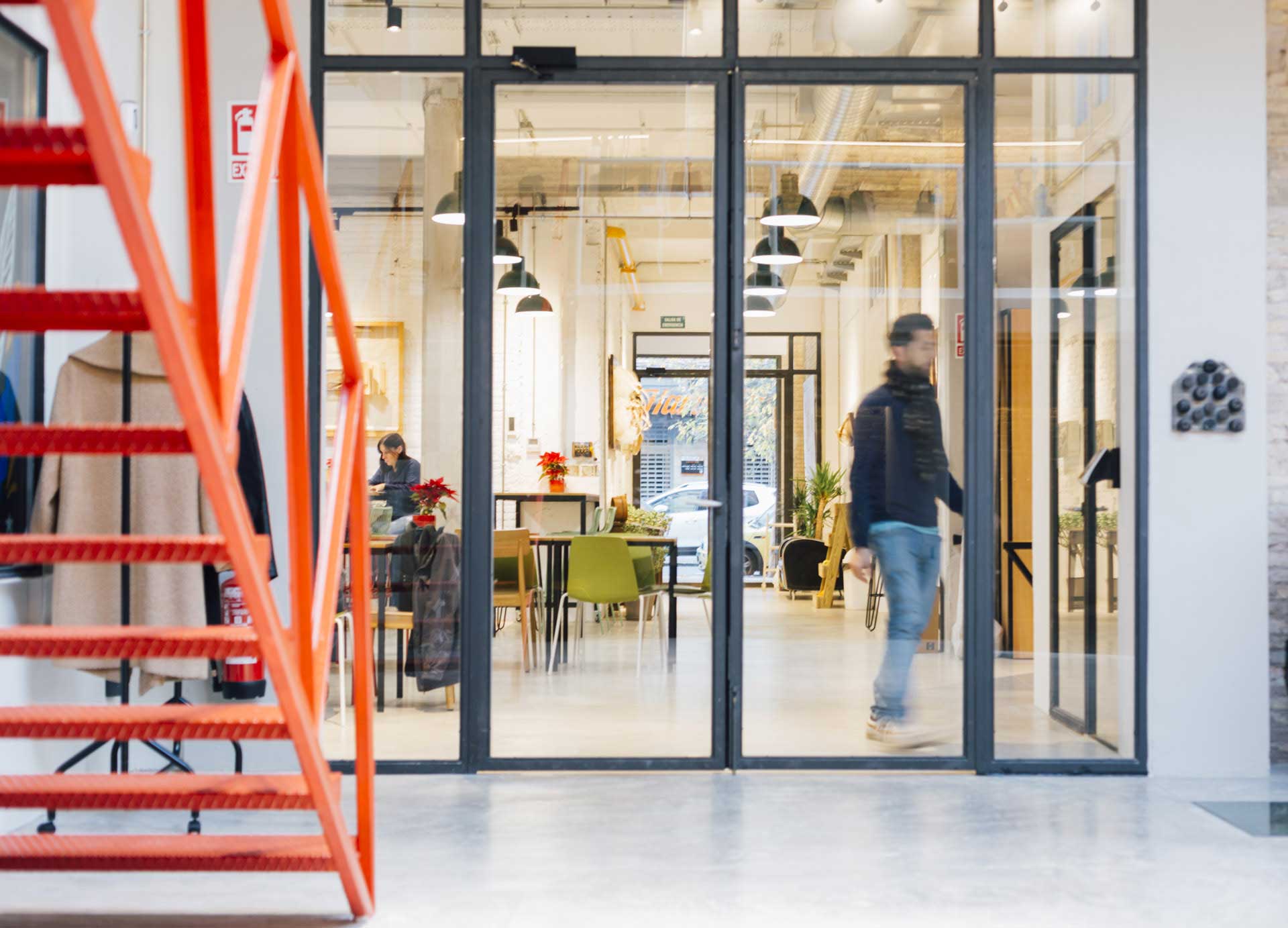Remote work is no longer the exception – it’s become a global trend. In this new world of work, more and more people want more than just working from home: they’re looking for freedom of movement, a better work–life balance, and the chance to discover the world while earning a living. This is how a figure that is no longer a fad but a true lifestyle emerged: the digital nomad.
What Is a Digital Nomad?
A Digital Nomad is someone who works remotely while travelling or changing residence frequently. They don’t need a physical office, only a reliable internet connection and a laptop. This allows them to move between different countries or cities while continuing their professional activity.
The essence of a digital nomad is easier to understand when broken down into three pillars:
- Remote work: they carry out their profession from anywhere.
- Geographical freedom: they aren’t tied to one city or country.
- Extensive use of digital tools: they manage their work, communication, and daily life through technology.
This lifestyle enables professionals to build a career while exploring cultures, meeting new people, and living with greater autonomy. From freelance writers to designers, web developers, and marketers, the range of profiles is increasingly diverse.
Characteristics of a Digital Nomad
Being a digital nomad means much more than working with a laptop on the beach. While that image is tempting, the reality is a mix of flexibility, discipline, and a passion for movement.
Key characteristics include:
- Complete autonomy: nomads organise their own schedules without fixed hours.
- Constant change of environment: they live temporarily in different cities depending on their preferences, visas, or cost of living.
- Minimalist lifestyle: they travel light, with only what’s essential to live and work.
- Personal routines: they balance periods of high productivity with time to explore or socialise.
Adaptability: they quickly adjust to new languages, cultures, rules, or time zones.
Real-life example: Clara, a freelance designer, spends six months a year between Lisbon, Medellín, and Thailand, adapting her timetable to local time zones while keeping her European clients happy.
Pros and Cons of Being a Digital Nomad
The nomadic lifestyle brings great opportunities – but also some serious challenges. Here’s a balanced view:
Advantages
- Geographical freedom: work from anywhere in the world.
- Work–life balance: manage your own time and prioritise what matters.
- Cultural enrichment: experience new places both personally and professionally.
- Lower costs: many destinations are cheaper than your home country.
Disadvantages
- Social isolation: constantly changing environments can make stable relationships harder.
- Financial insecurity: some remote jobs don’t guarantee stable income or job security.
- Lack of routines: without structure, it can be difficult to maintain healthy habits.
- Legal and logistical issues: visas, taxes, and insurance can be tricky to navigate.
How to Become a Digital Nomad
Thinking of taking the leap? Here’s a step-by-step guide to get started:
Choose the right remote job
Not every online job is suited to the nomadic lifestyle. Consider:
- Does it require constant connectivity or allow asynchronous work?
- Are you tied to fixed meetings or free to set your own schedule?
- Is it freelance work or a fully remote contract?
If you’re starting out, platforms like Upwork, Malt, or Fiverr can help you find freelance projects. If you’d rather work for a company, make sure it has a genuine remote-first policy, not just the occasional “work from home” perk.
Essential tools for working online
Here are some basic tools for digital nomads:
- Communication: Zoom, Slack, Google Meet
- Task management: Trello, Asana, Notion
- Documents and collaboration: Google Workspace, Dropbox
- Finances: Revolut, Wise, N26 (for international transfers and expense tracking)
- VPN & cyber security: NordVPN, ProtonVPN
Staying secure, organised, and financially stable is vital when far from home.
Travel planning and popular destinations
Certain destinations have become digital nomad hotspots thanks to good connectivity, affordable living, and international communities:
- Bali (Indonesia): affordable, tropical, huge nomad scene
- Lisbon (Portugal): cosmopolitan city, digital nomad visa, vibrant coworkings
- Medellín (Colombia): spring-like climate, affordable lifestyle, welcoming people
- Bangkok (Thailand): modern, well-connected, inexpensive
- Valencia (Spain): high quality of life, safe, cultural, and excellent coworking infrastructure
Before travelling, check whether the country offers a digital nomad or freelance visa (Portugal, Croatia, Estonia, and Costa Rica are examples). And don’t forget international health insurance that covers emergencies.
Wayco Coworking: An Ally for Digital Nomads
Being a digital nomad doesn’t mean always working alone. Spaces like Wayco Coworking provide a professional, stable environment with plenty of opportunities to connect with others in the same situation.
With locations in Valencia (Ruzafa, Abastos, and Cabanyal), Wayco offers:
- Flexible or private workspaces
- Meeting rooms and phone booths for video calls
- Networking events and an international community
- Additional services such as virtual offices
By working in a coworking space like Wayco, you gain access to a real network of people to share ideas, projects, and moments with – a key way to avoid the isolation of nomadism.
Digital Nomadism: More Than Just a Work Style
Becoming a digital nomad is choosing a path of freedom, growth, and discovery. It’s not for everyone, but those who embrace it often say it transforms both the way they live and the way they work.
If you dream of working from anywhere, discovering new cultures, and creating your own routine, this may be the moment to take the first step. And if you’re in Valencia – or looking for the perfect starting point in Europe – you’ll find the ideal base for your adventure at Wayco Coworking.







